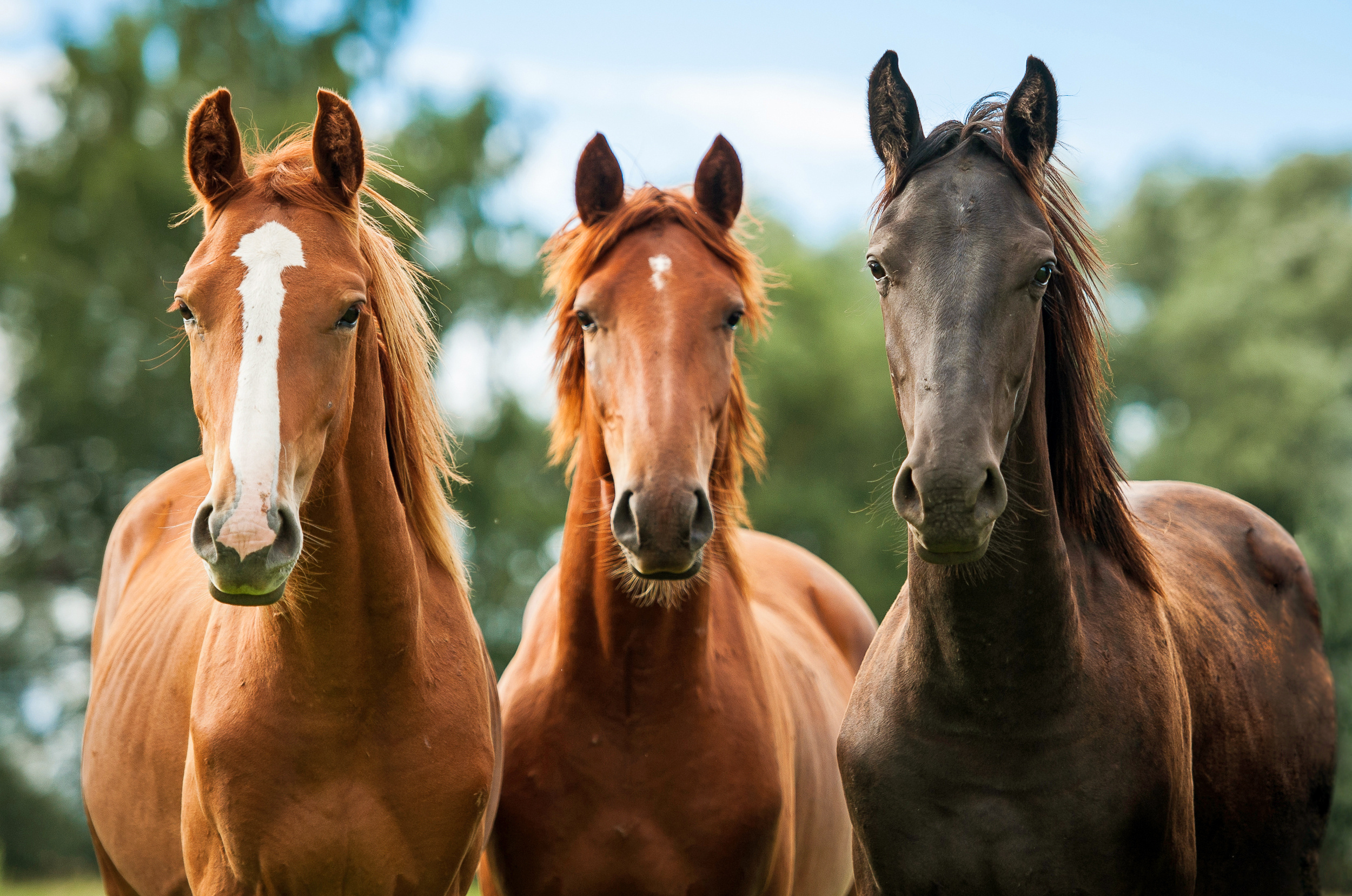The rainy season can bring about a host of challenges for horse owners, with one of the most common being the development of thrush in their horses hooves. Thrush is a bacterial infection that thrives in moist environments, making it particularly prevalent during wet seasons.
To help prevent thrush and keep your horses hooves healthy, its important to be proactive and implement a few essential tips. By taking the right steps, you can ensure your horses hooves stay in top condition even when the weather is less than ideal.
Here are three key strategies to help you prevent thrush during wet seasons.
Proper Hoof Care and Maintenance

Proper hoof care and maintenance is essential for preventing thrush in horses, especially during wet seasons. One key tip is to ensure that the hooves are regularly cleaned and picked out to remove any dirt, debris, or trapped moisture that could contribute to thrush development.
Additionally, trimming the hooves on a regular schedule will help maintain proper hoof balance and prevent the growth of bacteria associated with thrush. Finally, providing a clean and dry environment for the horse to stand in can also help prevent thrush from taking hold.
By following these essential tips for hoof care and maintenance, horse owners can help keep their equine companions healthy and thrush-free throughout the wet season.
Keeping Stalls and Paddocks Dry and Well-Ventilated

To prevent thrush during wet seasons, it is crucial to keep stalls and paddocks dry and well-ventilated. In order to achieve this, regularly check for any leaks or moisture buildup in the barn or stable.
Ensure proper drainage systems are in place to prevent water from pooling in the area. Utilize absorbent bedding materials such as shavings or straw to help soak up excess moisture.
Additionally, consider installing fans or vents to improve air circulation and keep humidity levels low. By maintaining a dry and well-ventilated environment for your horses, you can significantly reduce the risk of thrush developing in their hooves.
Regular Monitoring and Early Detection of Thrush Symptoms

Regular monitoring and early detection of thrush symptoms are essential in preventing the spread of this common fungal infection during wet seasons. By staying alert for signs such as white patches in the mouth or throat, soreness or difficulty swallowing, individuals can take proactive measures to address the issue before it becomes more severe.
It is important to consult a healthcare provider if any symptoms are present, as they can provide guidance on the best course of treatment. Additionally, practicing good oral hygiene and avoiding certain risk factors like smoking or prolonged antibiotic use can help reduce the likelihood of developing thrush.
By staying vigilant and acting quickly, individuals can effectively manage and prevent thrush during times when environmental conditions are more conducive to its growth.
Conclusion
In conclusion, taking proactive steps to prevent thrush during wet seasons is essential for the health and well-being of our equine companions. By incorporating proper stable management practices, such as maintaining clean and dry living conditions, ensuring regular hoof care, and implementing a balanced diet, horse owners can significantly reduce the risk of thrush development.
Remember, Thrush Prevention is key when it comes to safeguarding against this common and potentially painful hoof ailment. By following the three essential tips outlined in this article, horse owners can help keep their horses happy, healthy, and thrush-free throughout the wet seasons.


